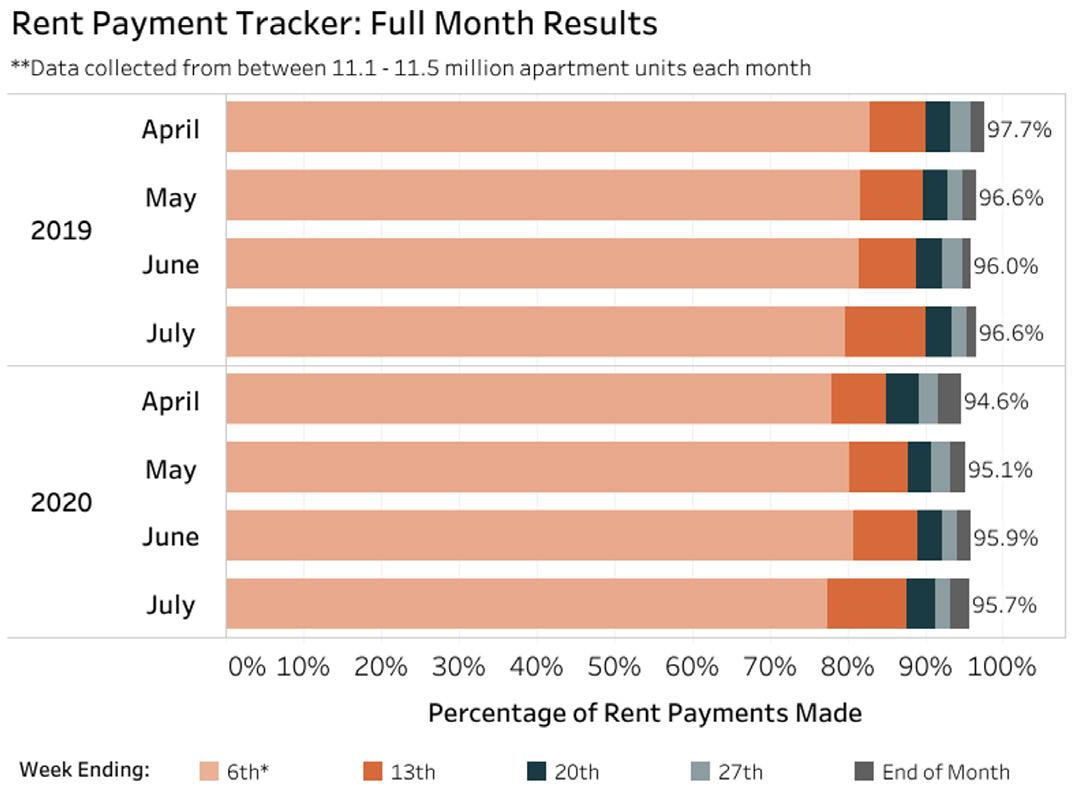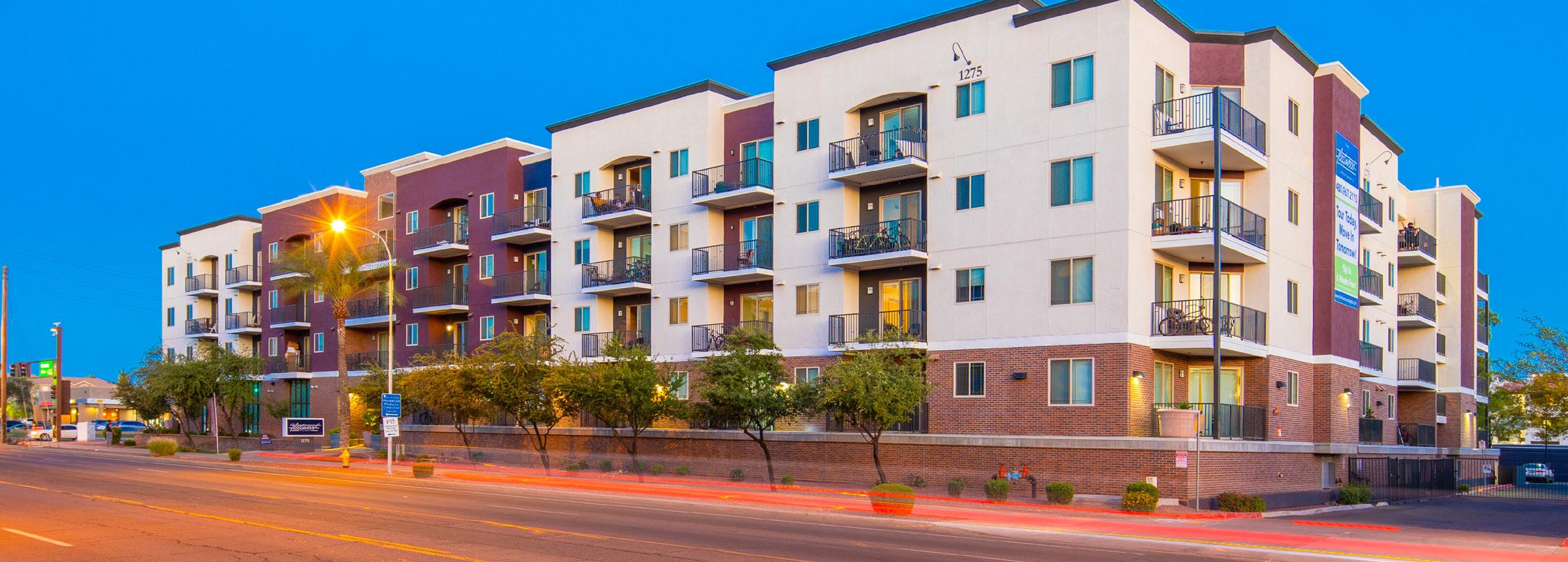
7 minute read
FINDING YOUR PATH
FINDING YOUR PATH The Death of Retail?
By Lorne Polger, Senior Managing Director
During 2019, 23 name brand retailers fell into bankruptcy. Barney’s, Forever21, Gymboree, Charlotte Rousse and Payless Shoes were among the chains. In total, nearly 10,000 retail stores closed their doors last year. Big numbers, no matter how you look at it.
But that was last year. In hindsight? A mere walk in the park compared to 2020, which may be the most difficult year in the history of retailing. On top of the multi-decade battle with online retailing, stores were shuttered for extended periods of time due to the Coronavirus outbreak. Some stores remain shuttered today, or at a minimum, have cut back on store hours and services (thereby cutting deeply into revenue). In addition, inventory and supply chains have been hampered, as demand for certain products has far exceeded manufacturing capacity. A triple whammy.
Here is a list of the major retail bankruptcies of 2020 so far. It is somewhat staggering to think about the longtime tenure of many of these historic brands.
2020 Bankruptcies of Major Retail Chains
Aldo Art Van Furniture Ascena Bluestem Brands Brooks Brothers Centric Brands GNC G-Star Raw J. Crew J.C. Penney Lord & Taylor Lucky Brand Modell’s Sporting Goods Muji USA Neiman Marcus Pier 1 Roots USA RTW Retailwinds SFP Franchise Corp Stage Stores Stein Mart Sur La Table Tailored Brands The Paper Store True Religion Tuesday Morning The case studies below, which cut across different types of retail categories, may tell more of the story of what likely lies ahead; the death of traditional retail, as we know it.
Neiman Marcus
The iconic, Dallas-based high-end department store retailer filed for bankruptcy protection on May 7, after finalizing an agreement with “a significant majority of its creditors,” who will become the majority equity owners of the company if the plan is approved, as expected, this fall. The plan would wipe out around $4 billion of the company’s existing debt. Easy come, easy go, if you’re a creditor of Neiman’s.

So, what went wrong? The department store sector has been in the dumps for years now, putting those with high debt at a major disadvantage. Some department stores were late to the online retail game and people began to migrate to specialty stores years ago. Covid-19 presented further challenges to the luxury retail segment. According to a report from Bain and Co., the global luxury market declined by about 25% in the first quarter, and could contract 20% to 35% this year.
Neiman’s isn’t the first luxury retailer (Lord and Taylor, Ann Taylor, Lane Bryant, Brooks Brothers) or department store chain (J.C. Penney, Sears, Barneys) to go bankrupt, and they won’t be the last. It’s a familiar trajectory. Family business outgrows its local community roots; becomes a large chain; gets bought out and takes on too much debt. Times change. Shopping habits change. Crisis hits. And boom. They’re done.
Even once it exits bankruptcy, the retailer has its work cut out for it. According to its bankruptcy filing, while upwards of 30% of its annual revenues came from e-commerce, Neiman’s remains reliant on large physical stores in malls. Not a good place to be. I haven’t hung out in a mall lately. How about you?
Will Neiman’s customers be around post-Covid? Customers of other department stores? No one knows right now, but it’s not a bet I would make.

Pier 1 filed for Chapter 11 b a n k r u p t c y protection on February 17 with plans to sell itself and close 450 stores.
Didn’t work. Following nine consecutive quarters of sales declines, their thought was to close non-U.S. operations and weaker stores. Notwithstanding securing preliminary commitments for debtor-in-possession financing from money center banks, the plan didn’t work.
After nearly 60 years of selling home décor and accessories, Pier 1 permanently closed its retail stores in the wake of the Coronavirus pandemic. The Fort Worth, Texas, retailer recently sought bankruptcy-court approval to wind down its operations as soon as possible after its roughly 540 stores can reopen their doors to liquidate their remaining inventory.
Pier 1 is abandoning efforts to emerge from bankruptcy as a viable business after lenders that had explored taking it over backed away, leaving the company with no choice but to shut down for good, according to court papers.
What happened? Too much debt, too little revenue, too many stores, too many expensive leases. And oh, too much lost revenue to Amazon and other online retailers selling similar products. And a pandemic. Don’t forget the pandemic.
Sur La Table
My favorite specialty kitchen store filed for bankruptcy protection on July 8. Their plan included closing 51 retail stores.
Sur La Table has been around for about 50 years. Prior to the pandemic, it had 126 stores along with a relatively robust e-commerce arm and fast-growing, revenuegenerating cooking classes. But over the five years leading up to its bankruptcy, the kitchenware specialist suffered significant revenue declines. The company also had high turnover in its C-suite. It was overcooked. The pandemic crisis deepened Sur La Table’s troubles. The initial bankruptcy plan provided for the closure of almost half its stores (sadly, including its La Jolla store that I had frequented for 25 years) along with a sale to yet another private equity firm.

But its growth was not in merchandise sales. It was in cooking classes. And with social distancing, those classes were cooked (sorry for the pun).
Its story resonates with all retailers. Initially, its landlords were understanding. Until they weren’t. Some gave the company a break on their rent; others pursued eviction proceedings. The company had struggled for years before the pandemic, tied to traditional retail’s broader struggles and exacerbated by shifts toward dining out/away from home meal-making and shifts to e-commerce, according to its CEO.
If all goes according to plan, Sur La Table will leave bankruptcy with new owners and a much smaller footprint. Most of its landlords will be left with empty stores, a few remaining napkin holders, and a couple of kitchen racks. Good luck backfilling that space quickly.
Landlords and Lenders
Many retailers limped along by getting significant funding through the PPP program in April and May. Now, there is talk of a potential tax hit relating to the deductibility of expenses. That program is done for now. Will others pop up? Perhaps. Most likely not.
So where will the lifelines be? Hard to see too many at this point. Landlords have been triaging their sick tenants. Made sense at the beginning of the crisis, but in large part, only because their lenders allowed them to do it. Neither party had much of a choice, frankly.
Landlords asked for temporary forgiveness of the interest due on their debt and lenders were happy (okay, not happy really, but willing) to go along for the ride. Why? Because it was easier to not rock the boat when the regulators weren’t breathing down their necks (quite a
bit different than the situation we faced in 2008-2009). Will that continue? Highly unlikely. Too much time has passed now. We’re past the immediate train wreck. Now we’re picking up the pieces. Banks and CMBS lenders will soon start to put the heat on. There will be a ripple effect. Tenants will continue to be behind on their rent payments. Landlords will continue to be behind on their debt payments. And lenders will soon tire of the fiscal charade. Mark my words, the walls will start to crumble. It is a house of cards at this point. And when the cards (walls) fall, the roof comes crashing down.
On top of that, Landlords are starting to see better deals with other repurposed uses for portions of their centers. Amazon is calling mall owners. So are others. They have better ideas for their spaces. And the tenants behind those other ideas have a better chance of paying the rent on time. That makes for a happy landlord and a happy lender. Landlords and lenders will be driving the bus going forward. Finally, the shopping experience has changed. Many consumers are shopping at home, through the triad of online consumption, personal shoppers and companies that offer home shopping experiences. Is retail dead today? No. Is it on life support? Not yet. Is it in critical condition? In a lot of places, yes. The problem is, there is no cure on the way. No vaccination trials happening here. Dr. Fauci won’t be giving any press conference for regional malls. Ugh. It won’t be pretty.
Retail is a brave new world these days. I’m very glad that Pathfinder is not invested in it.
Lorne Polger is Senior Managing Director of Pathfinder Partners. Prior to co-founding Pathfinder in 2006, Lorne was a partner with a leading San Diego law firm, where he headed the Real Estate, Land Use and Environmental Law group. Reach him atlpolger@pathfinderfunds.com.






